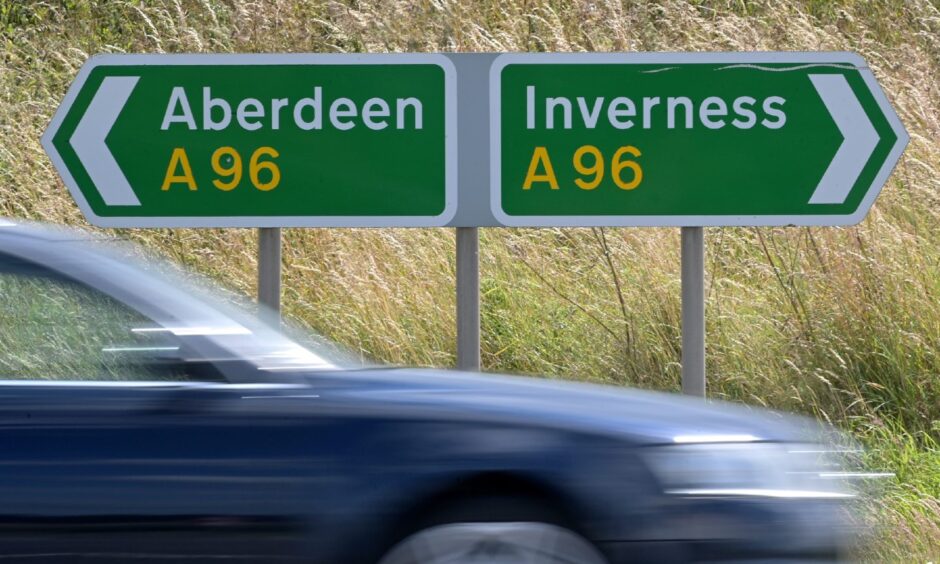
Fourteen fatal crashes, 89 serious crashes and 76 slight collisions. That is the breakdown of the nearly 180 accidents on the A96 over a five-year period.
The A96 is one of the biggest, and most prominent, roads running through the north and north-east of Scotland.
It flows through a number of larger towns in both regions, connecting Aberdeen and Inverness.
We’ve launched exclusive analysis comparing data from the Department for Transport, combined with the Press and Journal’s own reporting – due to a lag in official data.
This article contains only official data from the Department for Transport, which looks at a period of five years from 2019 to 2023.
As part of our analysis, we’ve looked at:
- Accident severity of crashes on the A96
- The demographics of drivers involved in crashes
- The 282 casualties which have occurred as a result of collisions
- Trends for when, where and times of day where the most accidents happen
The severity of accidents on A96
The impact of a crash on someone’s life is hard to quantify.
Even a slight crash could hugely impair a person’s day-to-day life, while having little to no impact for another person.
On the other hand, a serious crash could result in the loss of someone’s life, or life-changing injuries.
Despite this, collisions are assigned a severity, which is based on the casualties sustained.
The data for the past five years shows that the number of accidents on the A96 increased in 2023, compared to the last few years. The number of collisions has also increased each year since 2020.
However, the number of fatal crashes has fallen since 2019, with 2022 and 2023 both reporting one fatal accident, compared to six in 2019.
In total, over the last five years, there have been 14 fatal crashes, 89 serious crashes and 76 ‘slight’ crashes – which refers to less serious crashes.
How many people were injured?
Between 2019 and 2023, 282 people were injured in the 179 accidents recorded in the data.
That means that on average more than one person was injured in each accident, with a rate of 1.58 per accident during the five-year period.
Since 2020, the number of casualties has risen alongside the increased number of accidents.
Overall, during the five years, 14 people died, 119 people were seriously injured and 149 people have been slightly injured.
In 2023, more than half (51.6%) of the casualties were seriously injured.
The only other year where the number of casualties in serious condition surpassed those slightly injured was 2020.
The highest number of people injured in a single accident was four.
There were seven accidents over the five years where there were four casualties.
Between 2019 and 2022, there was only one accident each year which had four casualties.
However, in 2023, there were three incidents on the A96 leading to four people being injured.
While there were more accidents recorded in 2023, 2019 still had the highest number of collisions with a single casualty – 31.
In 2023 there were 29. However, almost a third of accidents that year (29.6%) had two casualties.
What do we know about those injured?
The ages of the A96 casualties ranged from under a year old to 91-years-old.
Seven of those injured over the five years were children aged 10 or under.
More than three quarters of the casualties were aged between 16 and 65 (76.60%).
However, the most common age bracket for casualties was 26 to 35, with a total of 49 injured.
Children aged 15 or younger were injured in only 4.6% of the crashes.
However, 2023 is an exception as there were more female casualties than male by one.
By the severity of injury, 71.4% of the fatal casualties were men.
Meanwhile, the split is closer to just over half for serious and slight injuries.
More than two thirds of the casualties were car occupants (67.4%) – or 190 people injured.
It is followed with a tie between pedestrians and occupants of van or goods vehicles weighing under 3.5 tonnes. Each of these categories had 26 casualties each over the five years.
Motorcycles over 500cc saw significantly more casualties than those with a lower capacity.
A spokesman for Road Safety Scotland said: “Far too many people were tragically killed or seriously injured on Scotland’s roads last year.
“Over a third of those casualties occurred on single carriageway roads with a national speed limit of 60mph.
“With many of Scotland’s national speed limits located in rural areas, these figures emphasise the need to address rural road safety.
“Transport Scotland recently launched a national speed management review consultation to gather views on changes to speed limits, including for HGVs, to ensure they are safe and effective.
“The proposals aim to reduce casualties while maintaining reliable journey times for all road users.”
Who was driving?
Our analysis includes looking at the drivers of the vehicles involved in collisions.
The data gives specific information for each driver involved, and the inclusion of data does not indicate any fault.
The majority of crashes on the A96 over the last five years occurred between two vehicles.
The number of vehicles involved in a crash have ranged from a single vehicle to 15.
Larger numbers of vehicles involved is unusual, with most of the collisions happening between one and three vehicles.
Between 2019 and 2023, there were 47 single-vehicle crashes, 95 between two vehicles, and 24 between three.
Most of those vehicles have been cars.
The top three most common vehicles included in crashes were cars, of which there was 166, goods vans 3.5 tonnes mgw or under, and goods vehicles 7.5 tonnes mgw and over.
But what about the people themselves?
The oldest driver involved in a collision was 91-years-old…
The data shows those in age brackets 21-30, 31-40 and 51-60 were involved in the most collisions.
The youngest in both genders were 17-years-old.
But ignoring age, data shows that more men are involved in crashes than women.
When do A96 crashes happen?
When you think of typical collision-causing conditions, you might think of bad weather, or poor lighting conditions, or it being late at night when people might be tired.
But is that when accidents really take place on the A96?
We’ve analysed the data from the Department for Transport, looking at weather, road and lighting conditions, times of the day and months of the year to see when crashes really take place.
Starting with time – most crashes occur between 3 and 4pm. A total of 19 collisions took place within this hour over the past five years.
The second most frequent time for crashes was at 2pm – where 16 occurred.
Although mornings weren’t particularly busy for crashes, the busiest hour was 8am, where there had been 11 recorded in the past five years.
This is likely to coincide with rush hour for many people.
Since most accidents happen during the day, it makes sense that the majority of crashes then occur in daylight.
Of the 179 crashes that happened between 2019 and 2023, 121 of them, or 67.6%, happened in daylight. Only 58 were recorded as happening in darkness.
This includes darkness where there were lights lit, darkness where lights were present but not lit, and darkness where there were no lights at all.
What about the weather and A96 crashes?
Weather can also have an impact on driving conditions.
However, 136 crashes, or 75.97%, took place in fine weather where there were no high winds.
The next largest weather condition in terms of crashes was raining, with no high winds. A total of 22 incidents took place in these conditions.
As a result, the road surface condition was dry for the majority of crashes – 112 of 179.
For 57 of those (31.84%) the road surface was wet or damp.
Snow accounted for only six collisions, and only three stated there was frost or ice on the road.
At the moment of impact…
But what was happening in the immediate moments before a crash?
Most cars were simply driving ahead, and this was recorded in 227 of the vehicles involved in crashes between 2019 and 2023.
There is a considerable drop to the next most common manoeuvre with slowing or stopping listed for just 28 vehicles.
It is followed by 21 vehicles that had been turning right when the crash occurred.
Meanwhile, those turning left were joint bottom for number of crashes occurring during the manoeuvre.
You might assume that crashes are more likely to happen on a junction as people are pulling out or crossing the carriageway.
However, the data tells a different story.
The majority of vehicles did not crash at a junction, or within 20 meters of one.
Of the 179 collisions included in our analysis, 90, or 50.28% weren’t at a junction.
For those who did crash at a junction, 37 occurred at a T or staggered junction, while 24 happened at a roundabout.
But does dualling make a difference?
The SNP pledged to dual the entirety of the A96 by 2030.
However, more than a decade later, a long-awaited review made the case against fully dualling the motorway in November 2024.
The total existing dual carriageway sections covers approximately 22 km or 13.75% of the length of the A96.
That leaves 138 km (86.25% of the A96) as single carriageway.
It is therefore unsurprising that the majority of the crashes between 2019 and 2023 occurred on single carriageway.
A total of 131 or 73.18% of the crashes happened on single carriageway, while 17.32% or 31 of the crashes happened on dualled sections near Inverness and Aberdeen.
However, dual carriageway crashes are concentrated near Aberdeen.
A high proportion of Elgin crashes happen on roundabouts.
New speed limit consultation
In a bid to help improve road safety, Transport Scotland is hosting in-person engagement events as part of a consulation on proposed changes to speed limits.
The National Speed Management Review aims to ensure speed limits in Scotland are appropriate, reducing injury and death on our roads. This includes proposals to lower the national speed limit on single carriageway roads to 50mph and increase the speed limit for goods vehicles over 7.5 tonnes to 50mph on single carriageways and 60mph on dual carriageways.
Two of these events will be held in the north-east this week. The first will be held on Monday, January 13 from 3pm-7pm at the Aberdeen Arts Centre.
The second will be held on Tuesday, January 14, from 3pm to 7pm at the Rescue Hall on Prince Street in Peterhead.
There is also an online consultation which will be open until March 5, 2025.
Tomorrow in our series, we will reveal the crash blackspots on the A96 based on the five years of data.
We have also mapped out the location of the collisions between 2019 and 2023 in our A96 crash tracker. The article will also bring exclusive data on crashes that have happened since based on Press and Journal reporting.
The Press and Journal will continue to bring you analysis of the toll of crashes on the A96 both in data and the impact they have on human lives.
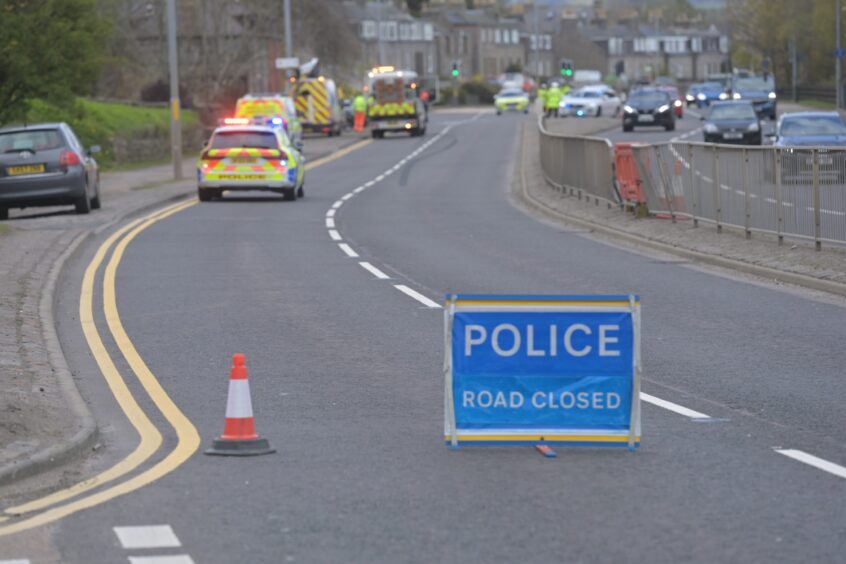
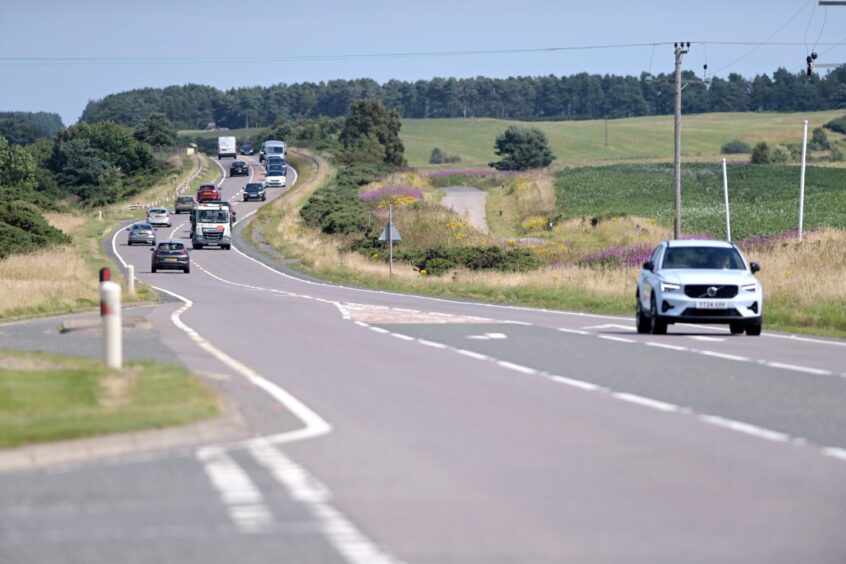
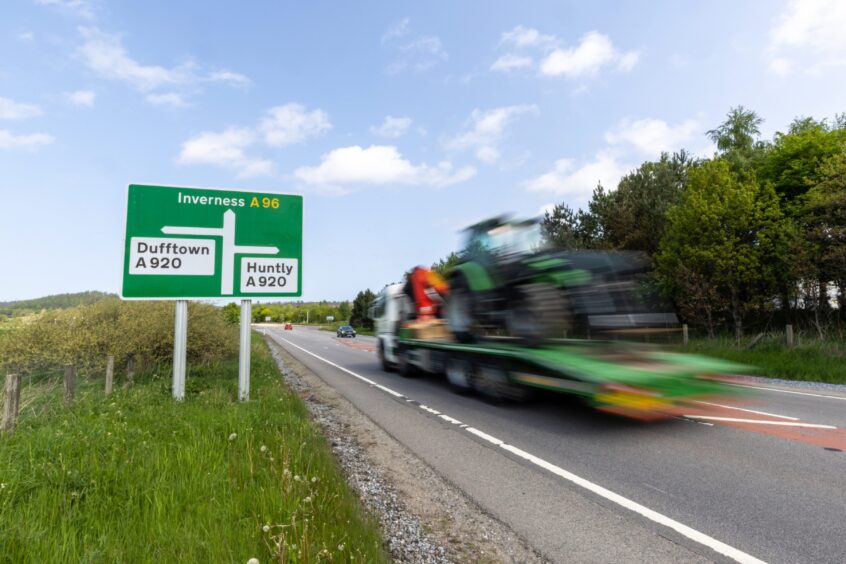
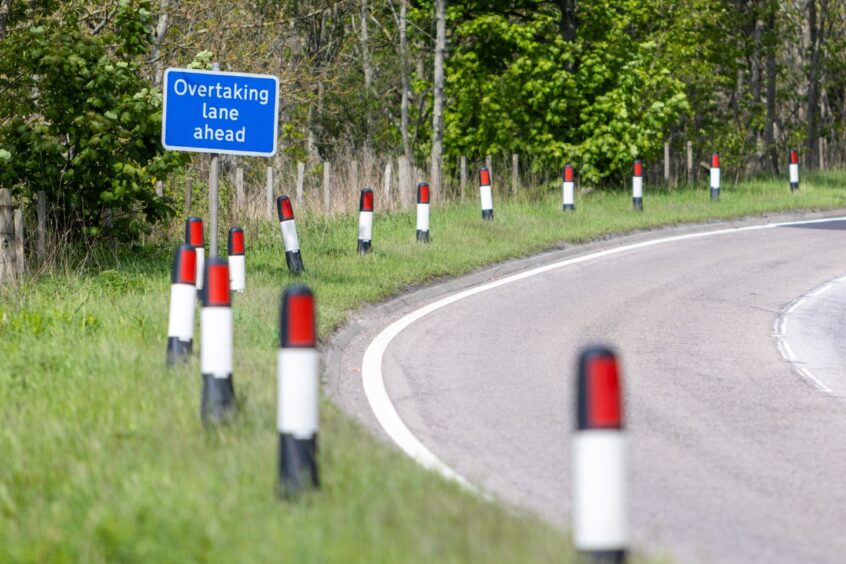
Conversation